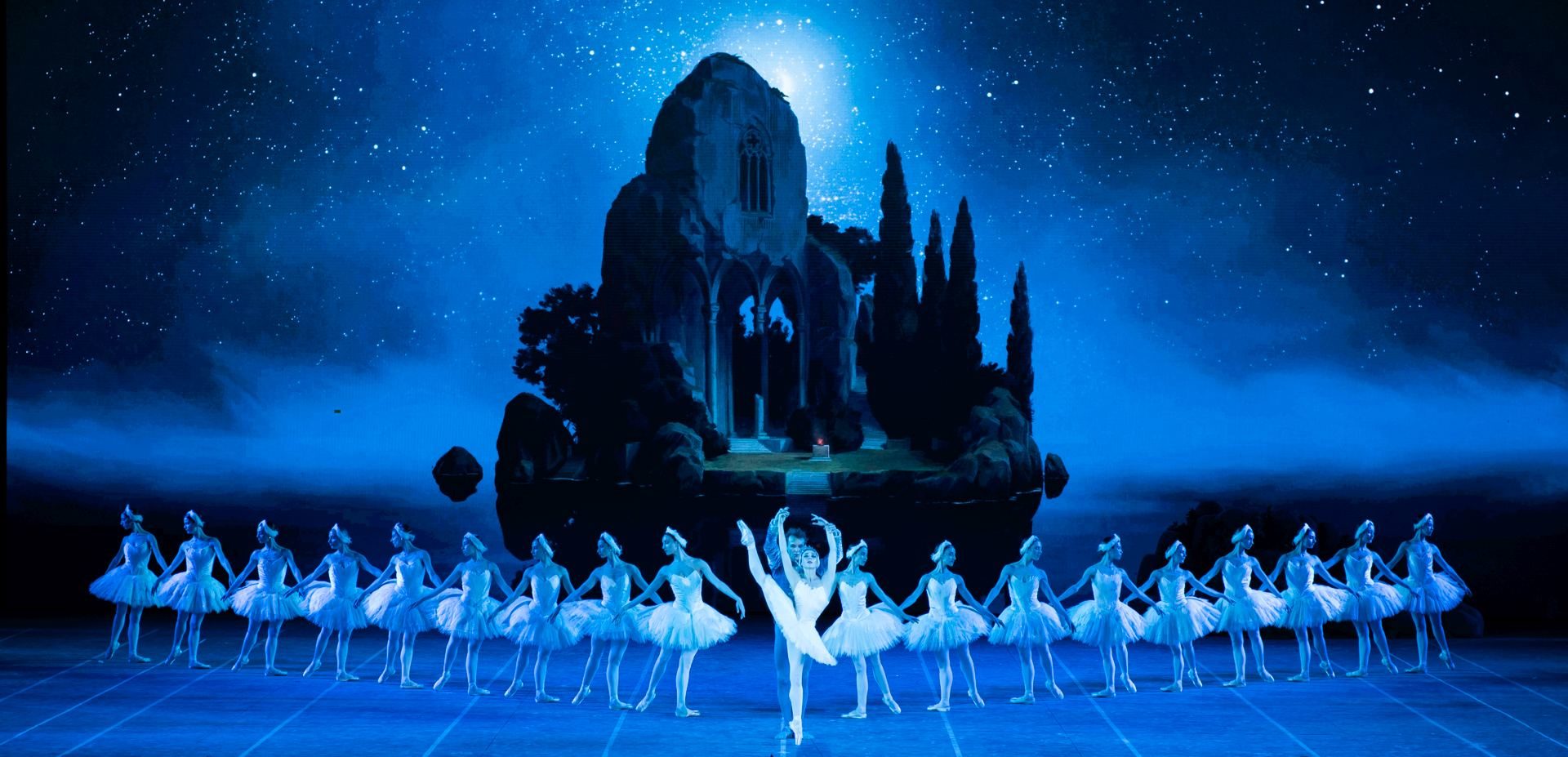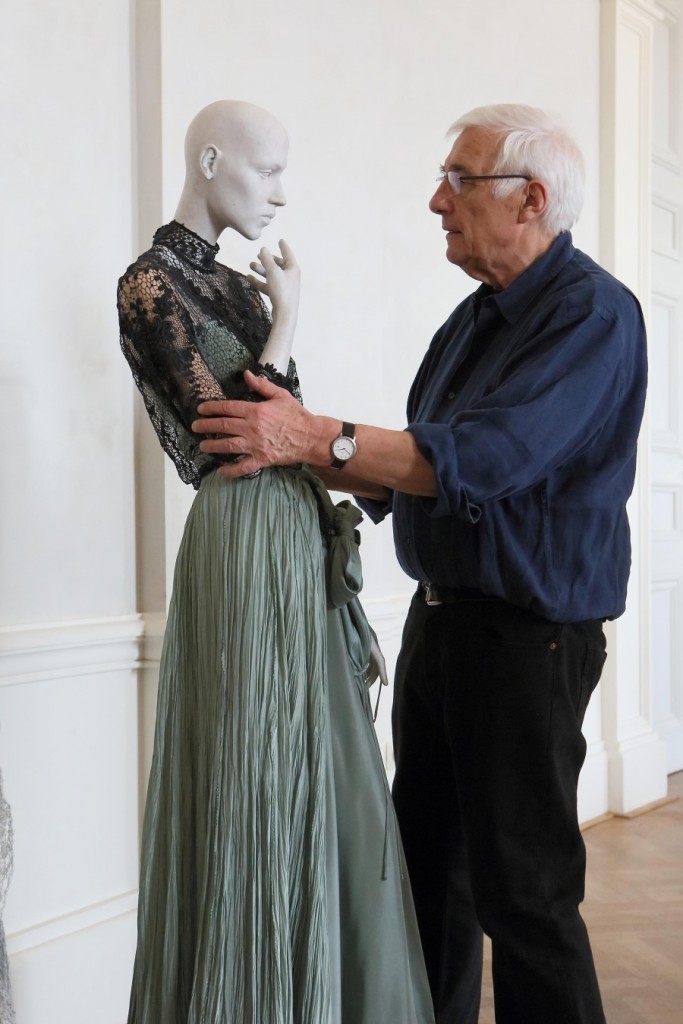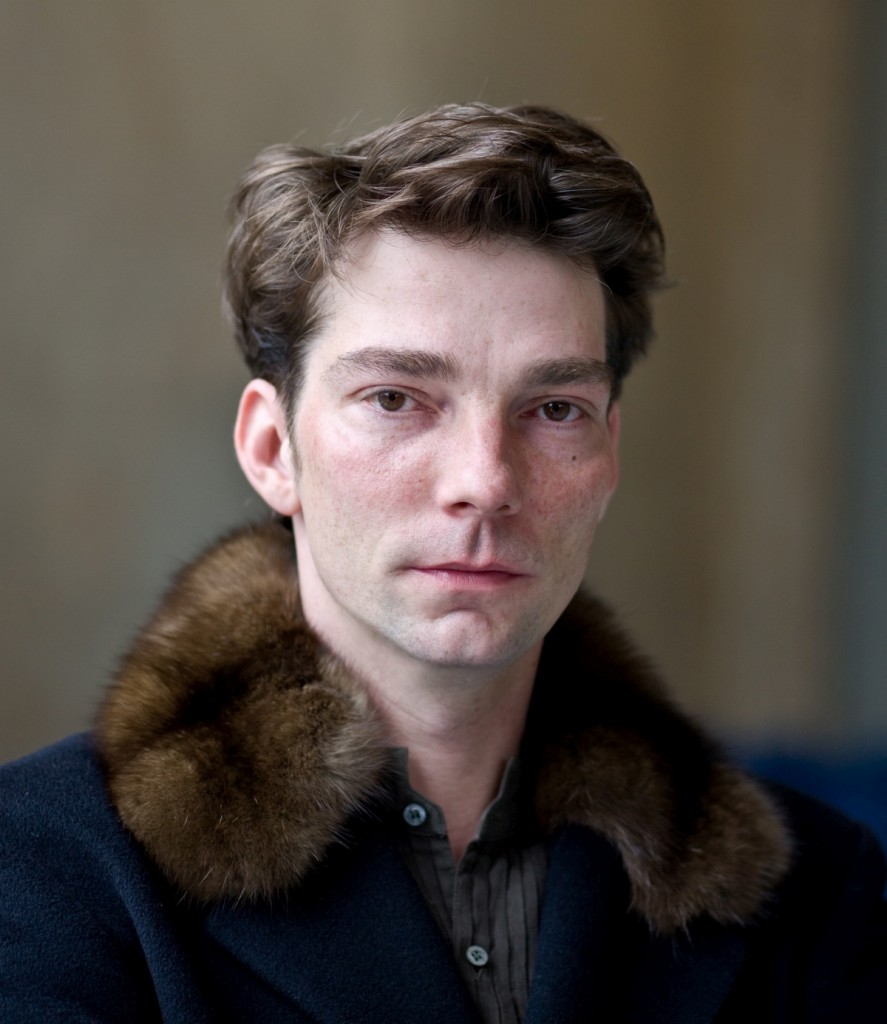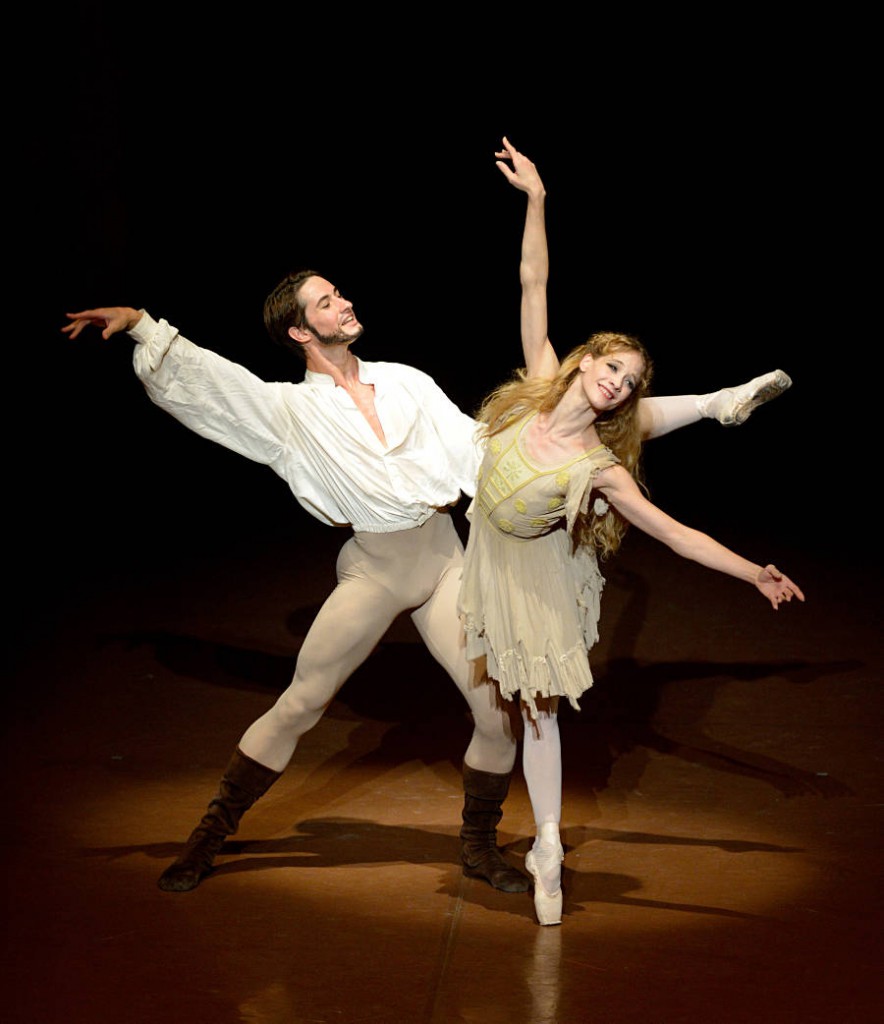“I fight for quality. That’s why many people call me difficult.”
David Dawson
Berlin, Germany
June 2015
by Ilona Landgraf
Copyright © 2015 by Ilona Landgraf
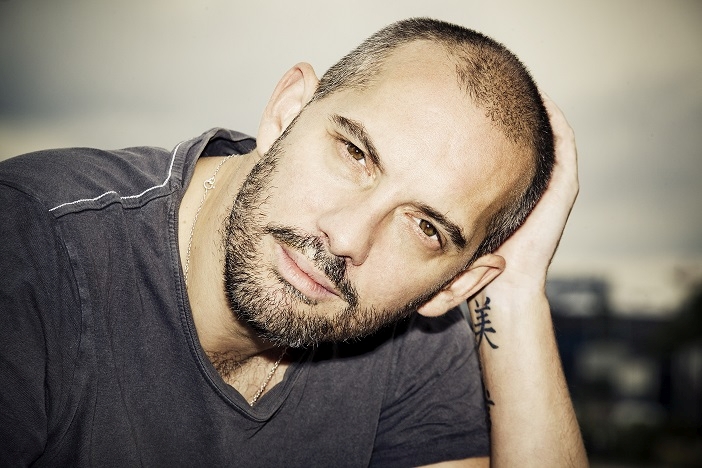 David Dawson seems not at all complicated, when I met with him at his home base in Berlin during his summer break, rather straightforward, open and kind. In conversation, one soon notices that he is driven by a clear vision of the art he aims to create and that he channels all energy towards this goal.
David Dawson seems not at all complicated, when I met with him at his home base in Berlin during his summer break, rather straightforward, open and kind. In conversation, one soon notices that he is driven by a clear vision of the art he aims to create and that he channels all energy towards this goal.
London-born Dawson is a sought after choreographer, mainly working in Europe, but also abroad. He regularly creates for Semperoper Ballet Dresden and Dutch National Ballet. His choreographic language is grounded on the classical style which he explores to and beyond its limits. Both narrative and abstract ballets are his metier. We talked about his beginnings as a dancer, his career on stage and, most of all, about his choreographic work. (more…)
